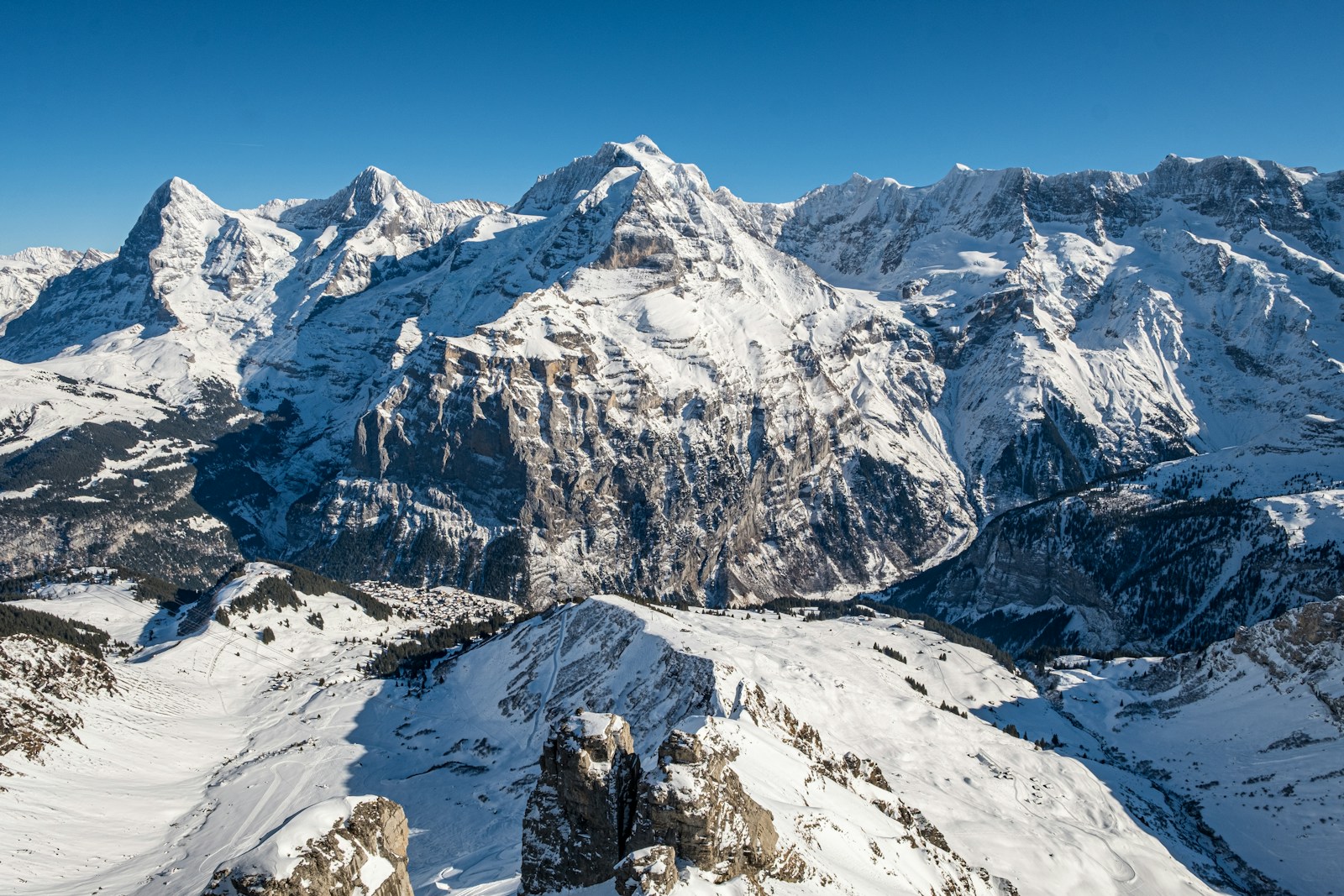America’s national parks showcase nature’s majesty across all four seasons, each offering a completely different experience of the same magnificent landscapes. From snow-capped mountains in winter to wildflower explosions in spring, summer’s vibrant greenery to fall’s kaleidoscope of colors, these protected lands transform throughout the year. This comprehensive guide will help you plan unforgettable national park visits no matter when you travel.
Whether you’re a seasoned outdoor enthusiast or a family seeking vacation memories, understanding the unique characteristics, challenges, and opportunities each season presents allows you to experience these natural treasures in every light and mood they have to offer.
Understanding Seasonal Dynamics in National Parks
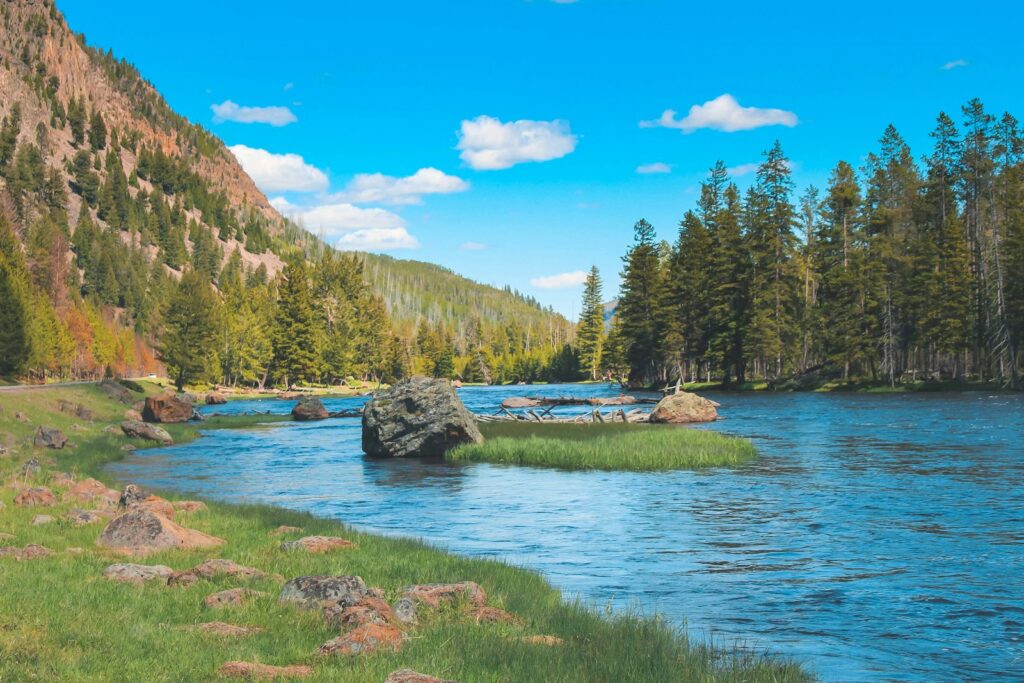
National parks undergo dramatic transformations as seasons change, creating entirely different experiences during each visit. These shifts affect not only the visual landscape but also wildlife activity, accessibility, crowd levels, and available activities. Temperature variations can be extreme, with parks like Yellowstone ranging from -30°F in winter to 80°F in summer, requiring vastly different preparation and gear.
The changing scenery affects road conditions, with some mountain passes completely closing during snowfall while desert parks become dangerously hot during summer months. Understanding these seasonal rhythms helps visitors plan appropriate itineraries and pack necessary equipment for safety and comfort throughout the year.
Spring: Witnessing Nature’s Rebirth
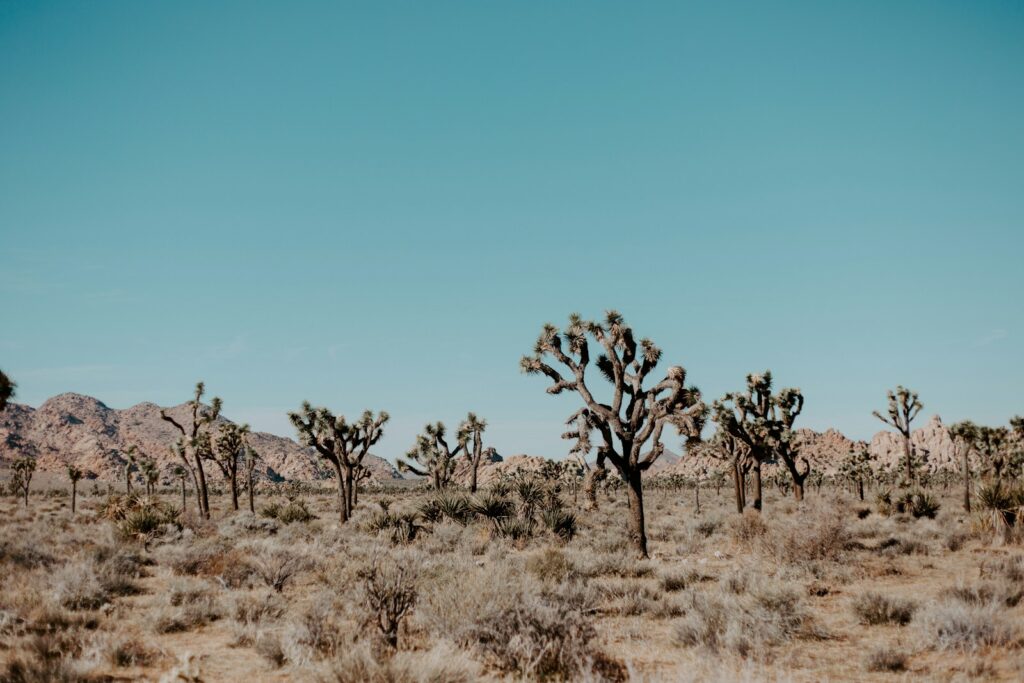
Spring transforms national parks into theaters of renewal as dormant landscapes awaken with fresh energy and color. In desert parks like Joshua Tree and Death Valley, brief but spectacular wildflower blooms create carpets of purple, yellow, and orange across typically arid landscapes. Waterfalls reach peak flow in parks like Yosemite as winter’s accumulated snow begins melting, making this the perfect time to witness the thundering power of falls like Yosemite, Bridalveil, and Nevada.
Wildlife viewing opportunities abound as animals emerge from hibernation and migratory birds return, with newborn calves, cubs, and fawns making their first appearances. Spring visitors benefit from moderate temperatures and lighter crowds compared to summer, though they should prepare for variable weather conditions and potential trail closures at higher elevations where snow may persist.
Summer: Peak Season Adventures

Summer represents the height of accessibility for most national parks, when roads are fully open and all facilities operate at maximum capacity. This season offers the longest daylight hours, allowing visitors to pack more activities into each day and experience iconic sunrises and sunsets without extreme early or late schedules. High-elevation parks like Rocky Mountain National Park and Grand Teton reveal alpine meadows teeming with wildflowers that remain inaccessible during other seasons.
Water-based recreation reaches its peak, with opportunities for swimming, kayaking, and rafting in parks like Olympic, Acadia, and Grand Teton. However, summer visitors must contend with larger crowds, requiring advance reservations for accommodations and popular activities, while also preparing for potentially scorching temperatures in desert parks where morning and evening explorations become necessary for comfort and safety.
Fall: Colorful Transformations
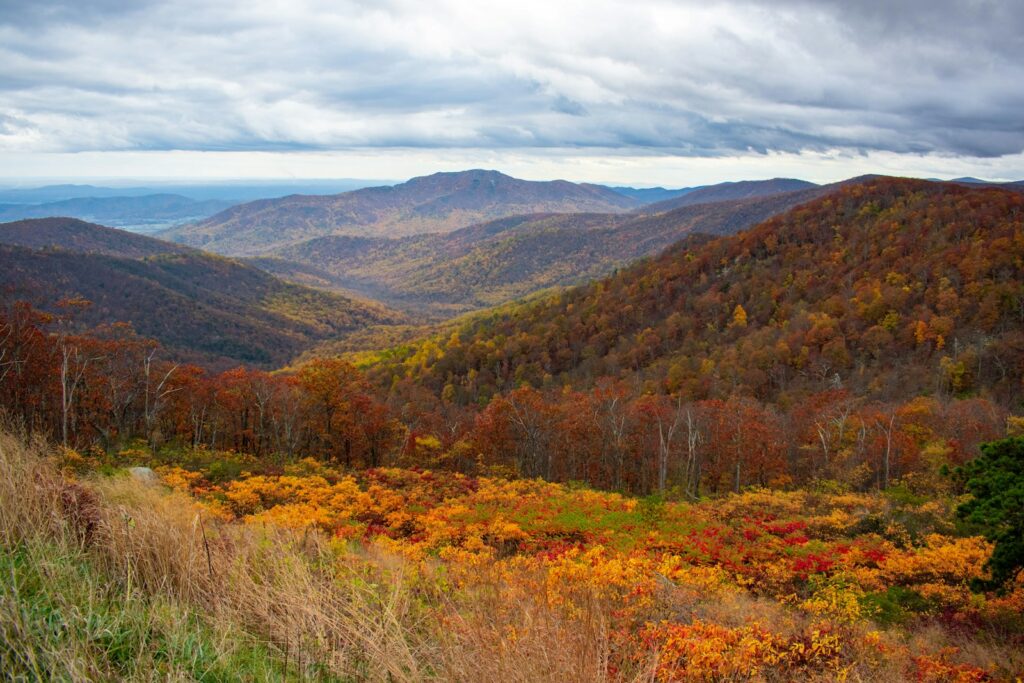
Fall brings spectacular foliage displays to many national parks, with deciduous forests creating breathtaking panoramas of red, orange, and gold. Eastern parks like Shenandoah, Great Smoky Mountains, and Acadia become particularly renowned for their autumn displays, though western parks with aspen groves like Rocky Mountain and Grand Teton offer equally stunning scenes. Wildlife activity increases as animals prepare for winter, with elk rutting season in Rocky Mountain and Yellowstone providing dramatic bugling contests and territorial displays.
Fall visitors enjoy significantly reduced crowds after Labor Day while still benefiting from generally accessible facilities and moderate temperatures. The crisp air creates exceptional photography conditions with clear skies and dramatic lighting, particularly during the golden hours of sunrise and sunset when fall colors appear even more vibrant.
Winter: Serene Solitude in Snowy Landscapes
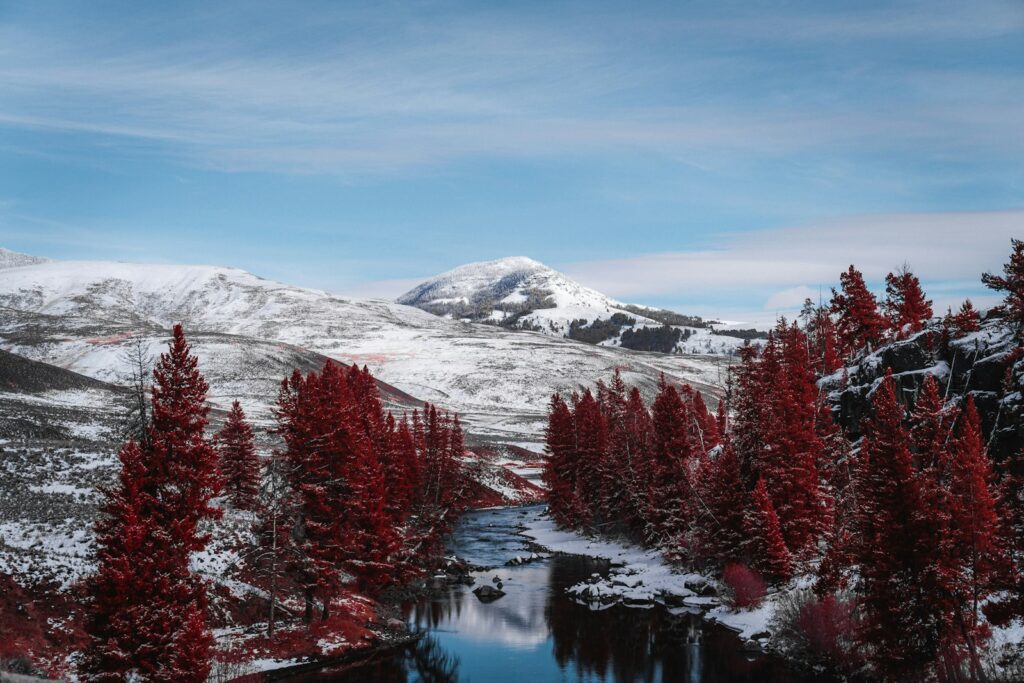
Winter transforms popular parks into peaceful wonderlands where visitors can experience profound solitude amid snow-draped landscapes. Parks like Yellowstone, Yosemite, and Olympic take on magical qualities as familiar features become softened and redefined by blankets of white. Wildlife viewing opportunities remain excellent as animals become more visible against snowy backgrounds, with wolves, bison, and elk easier to spot in Yellowstone’s Lamar Valley.
Winter recreation options expand to include snowshoeing, cross-country skiing, and in some parks, snowmobiling on designated routes. Dramatically reduced visitation means photographers can capture iconic locations without crowds, though winter travelers must prepare for limited services as many visitor centers, lodges, and campgrounds close during this season, requiring more self-sufficiency and careful planning.
Planning for Seasonal Weather Variations
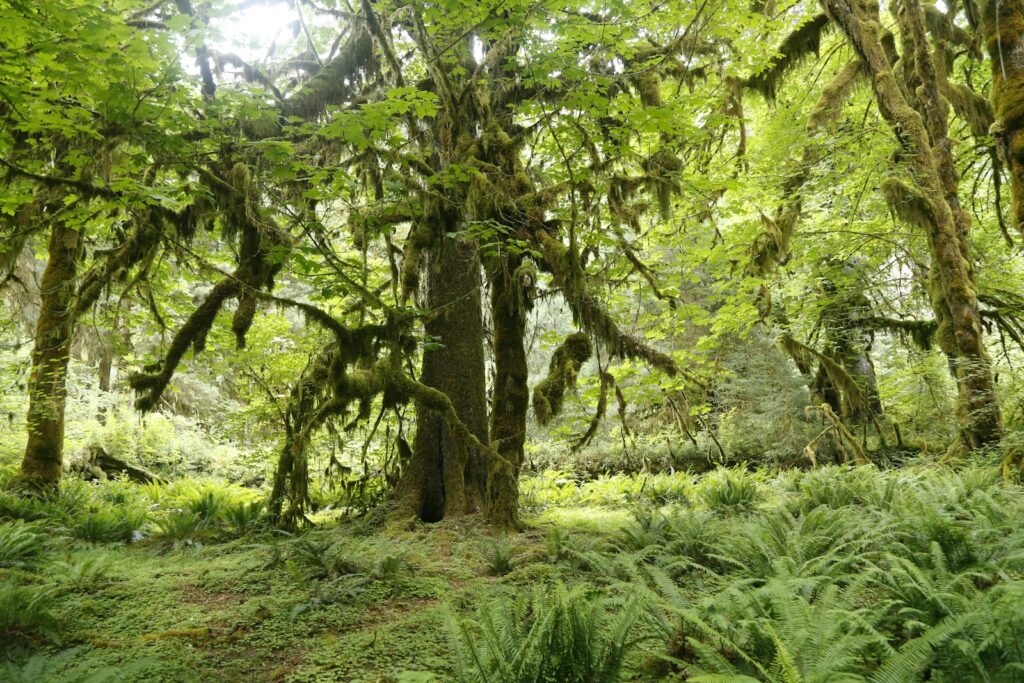
Weather conditions across national parks can vary dramatically by season, requiring specific preparation for visitor safety and comfort. Mountain parks may experience sudden storms regardless of season, with afternoon thunderstorms common in summer and blizzards possible from fall through spring. Desert parks present particular challenges with temperature extremes ranging from below freezing at night to well over 100°F during summer days, necessitating careful hydration and sun protection strategies.
Coastal parks often experience fog, wind, and rain patterns unique to their regions, with places like Olympic National Park receiving over 150 inches of annual rainfall primarily during winter months. Visitors should research historical weather patterns for their chosen destinations and travel dates while remaining flexible enough to adapt to changing conditions, carrying appropriate layered clothing even during seemingly stable weather windows.
Essential Gear for Every Season
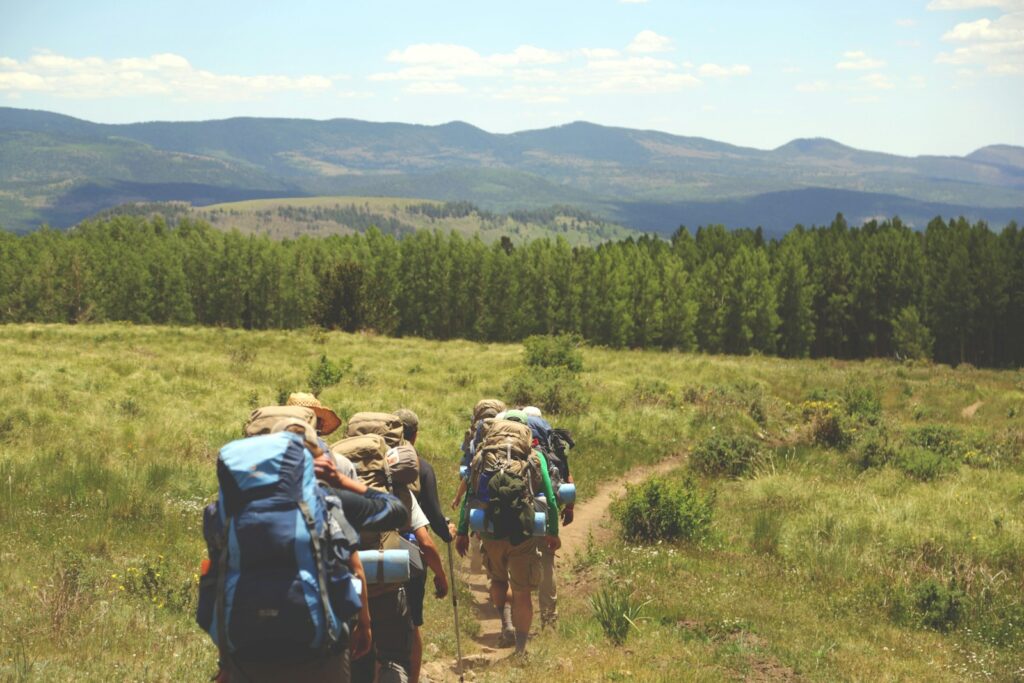
Successful national park visits require thoughtfully selected gear appropriate to each season’s unique conditions. Summer explorations demand high-SPF sunscreen, moisture-wicking clothing, wide-brimmed hats, and reliable water containers, with desert visitors needing at least one gallon of water per person daily. Fall and spring visitors benefit from layering systems including moisture-wicking base layers, insulating mid-layers, and waterproof outer shells to accommodate temperature fluctuations throughout the day.
Winter adventures require specialized gear including insulated waterproof boots, gaiters, thermal layers, heavy gloves, face protection, and possibly traction devices like microspikes or snowshoes depending on conditions. Regardless of season, all visitors should carry the “Ten Essentials”: navigation tools, sun protection, insulation layers, illumination, first-aid supplies, fire starter, repair tools, nutrition, hydration, and emergency shelter—adjusted appropriately for seasonal conditions.
Seasonal Wildlife Viewing Opportunities
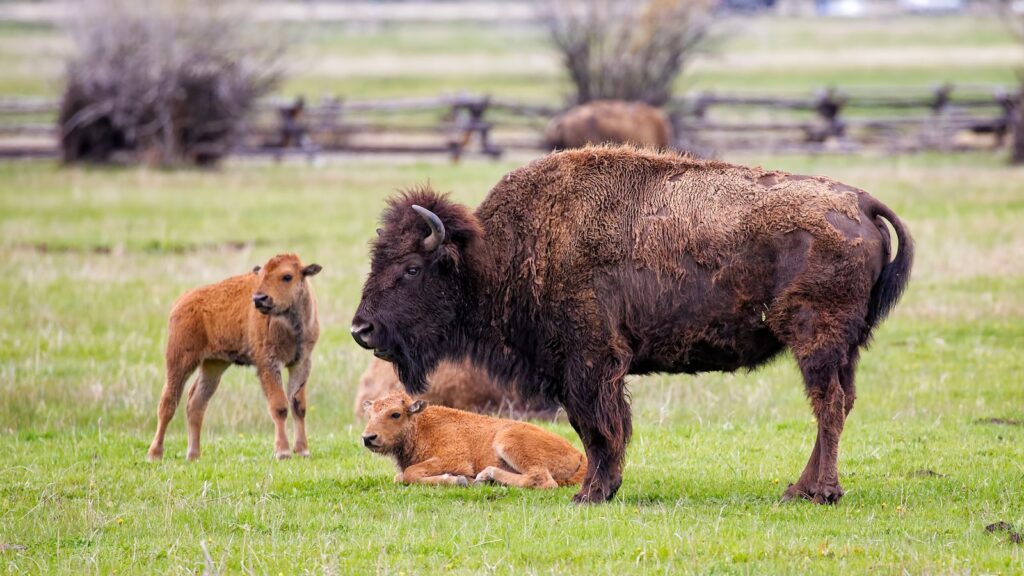
Wildlife observation opportunities shift dramatically throughout the year as animals adapt to changing conditions. Spring offers exceptional viewing of newborn animals and returning migratory birds, with baby bison in Yellowstone and the return of puffins to Acadia’s coastal cliffs. Summer provides opportunities to observe animals during their most active feeding periods, though heat often drives them into sheltered areas during midday.
Fall brings dramatic mating displays including elk bugling in Rocky Mountain National Park and bighorn sheep rut in Badlands. Winter creates unique opportunities to track animals through snow and observe predators like wolves and foxes hunting against white backgrounds where they become more visible. Visitors should always maintain appropriate distances (at least 100 yards from predators and 25 yards from other wildlife), use binoculars or spotting scopes, and avoid behaviors that disturb natural activities regardless of season.
Navigating Seasonal Crowds and Reservations
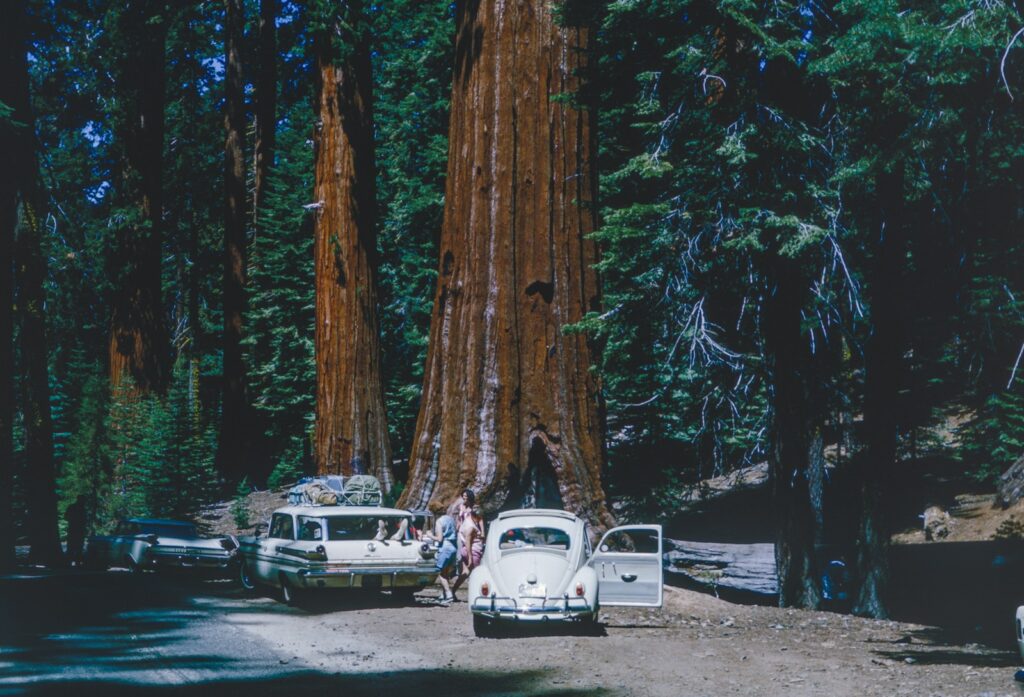
Visitation patterns follow predictable seasonal trends that savvy travelers can leverage to enhance their experience. Summer sees the heaviest visitation at most parks, requiring reservations months in advance for lodging, campsites, and increasingly, timed entry permits at popular destinations like Yosemite, Rocky Mountain, and Arches. Shoulder seasons (late spring and early fall) offer excellent compromises between good weather and reduced crowds, with May and September particularly ideal for many parks.
Winter provides the most solitude but requires more self-sufficiency as services become limited. Holiday weekends see visitation spikes regardless of season, with Memorial Day, July 4th, Labor Day, and increasingly, Thanksgiving and Christmas bringing substantial crowds to accessible parks. Visitors seeking tranquility should consider mid-week visits during shoulder seasons and prepare for early morning starts to experience popular attractions before day visitors arrive.
Seasonal Road Access and Transportation
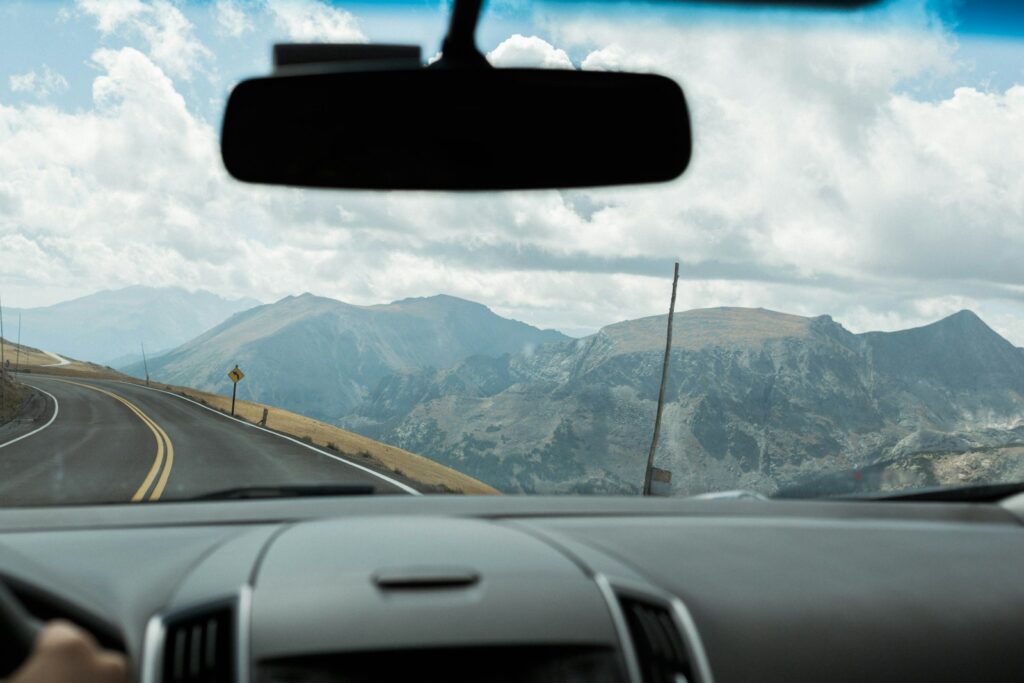
Road accessibility varies dramatically by season, significantly impacting travel planning for national park visits. High-elevation scenic drives like Trail Ridge Road in Rocky Mountain National Park and Going-to-the-Sun Road in Glacier typically remain closed from mid-October through late June due to snow accumulation. Desert park roads may become impassable during summer monsoon season when flash floods can wash out unpaved routes with little warning.
Winter access often requires specialized transportation, with Yellowstone’s interior roads closing to regular vehicles while remaining accessible via guided snowcoach or snowmobile tours. Visitors should thoroughly research seasonal road closures for their destinations, maintain flexibility in itineraries, and consider alternative transportation options like park shuttles which operate in many popular parks during peak seasons to reduce parking congestion and environmental impact.
Photography Tips for Every Season
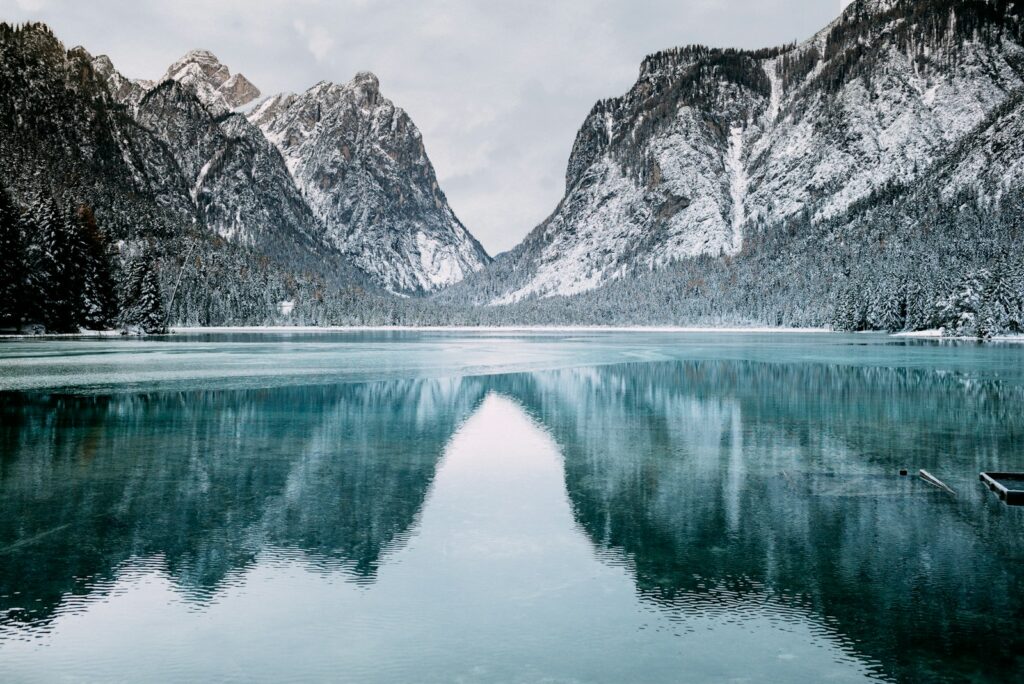
Each season presents unique photographic opportunities requiring specific techniques to capture effectively. Spring offers dramatic lighting contrasts between vibrant new growth and stormy skies, benefiting from polarizing filters to enhance saturated colors and reduce glare on wet surfaces. Summer photography challenges include harsh midday light, making early morning and evening golden hours particularly valuable for capturing warm, directional light on landscapes.
Fall foliage photography benefits from slightly overcast conditions that reduce contrast and allow colors to appear more saturated, with telephoto lenses useful for isolating colorful patterns in distant mountainsides. Winter photography requires particular attention to exposure compensation (typically +1 to +2 stops) to prevent snow from appearing gray, while also necessitating extra battery protection as cold temperatures dramatically reduce battery life. Regardless of season, photographers should protect equipment from environmental challenges including dust, moisture, extreme temperatures, and rapid temperature changes that can cause condensation.
Seasonal Camping Considerations
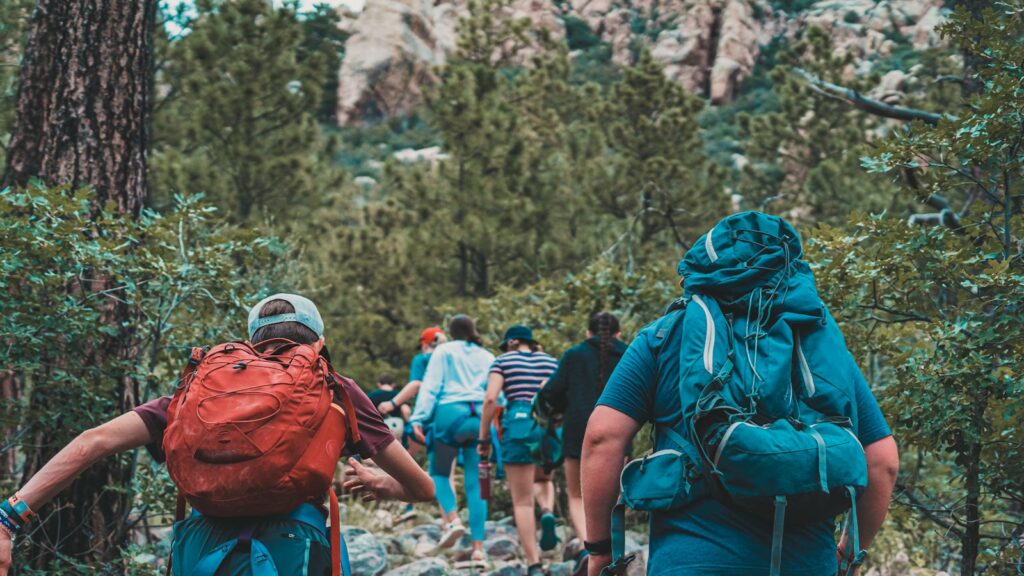
Camping experiences vary dramatically by season, requiring specific preparation for comfort and safety. Summer campers face competition for prime sites, with reservations available up to six months in advance through Recreation.gov for many popular campgrounds, though first-come-first-served options remain available in less visited areas. Fall camping offers cooler temperatures and reduced competition, though campers should prepare for colder nights and potential early snow at higher elevations.
Winter camping requires specialized four-season tents, subzero sleeping bags, insulated sleeping pads, and cold-weather cooking strategies, with many campgrounds closing completely while others operate with reduced services. Spring brings variable conditions with mud, lingering snow, and potential flooding in riverside campgrounds, though also offering emerging wildflowers and increased wildlife activity around campsites. Year-round campers should always follow proper food storage regulations which become even more critical during seasons when animals actively prepare for or emerge from hibernation.
Family-Friendly Seasonal Activities
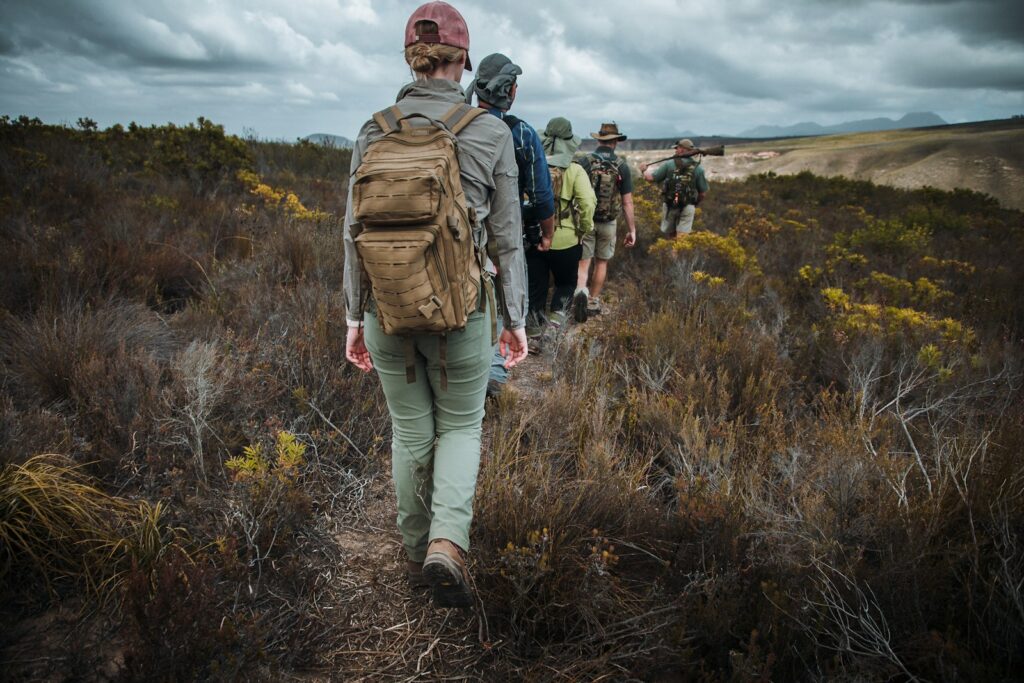
National parks offer engaging family activities tailored to each season’s unique characteristics. Summer provides ideal conditions for Junior Ranger programs, ranger-led walks, evening campfire talks, and water-based recreation appropriate for all ages. Fall creates perfect weather for longer family hikes amid colorful foliage, with many parks offering harvest or heritage-themed special events during this season.
Winter introduces opportunities for snow play, sledding, and beginning snowshoe exploration, with parks like Sequoia and Lassen Volcanic offering supervised snow play areas. Spring engages children through wildlife spotting opportunities as baby animals emerge, wildflower identification activities, and generally comfortable conditions for exploration without extreme temperatures. Families should research and participate in seasonal ranger programs specifically designed for children, which adapt educational content to highlight the most visible and interesting natural phenomena during each visit.
Creating a Year-Round National Park Bucket List

Experiencing national parks across seasons unveils their complete character and deepens appreciation for their natural cycles. Consider building a year-round bucket list targeting optimal experiences like spring wildflowers in Death Valley, summer alpine hiking in Rocky Mountain, fall foliage in Acadia, and winter wolf watching in Yellowstone. Parks with dramatic seasonal variation like Grand Canyon offer entirely different experiences as summer’s crowds and heat give way to winter’s peaceful rim-side snow scenes. Some travelers commit to experiencing a single favorite park across all four seasons, photographing identical vistas throughout the year to capture nature’s complete cycle. Multi-season exploration reveals hidden dimensions of familiar places, transforming casual visitation into deeper understanding of natural systems and ecological relationships that define these protected landscapes.
National parks offer unparalleled opportunities to connect with nature throughout the year, each season revealing different facets of these treasured landscapes. By understanding and preparing for seasonal variations, visitors can experience the full spectrum of what these protected areas have to offer. Whether witnessing spring’s renewal, summer’s abundance, fall’s colorful transition, or winter’s peaceful solitude, each season presents unique opportunities for discovery, adventure, and connection. With proper planning and preparation, every national park visit can become a meaningful experience regardless of when you choose to explore these natural wonders. The changing seasons invite us to return again and again, deepening our relationship with these special places that preserve America’s natural heritage in all its seasonal glory.

